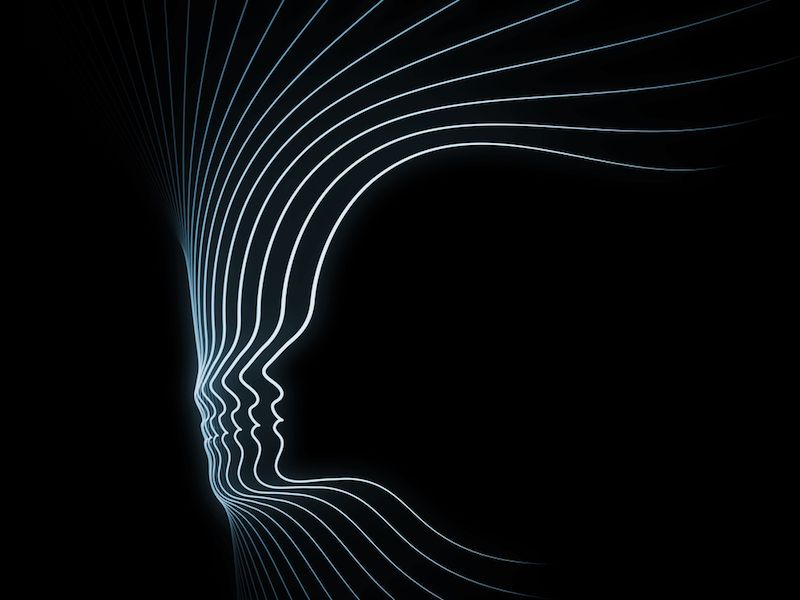What Is Consciousness? Physicists Look for Answers

Renowned physicist Edward Witten recently suggested that consciousness might forever remain a mystery. But his words haven't discouraged other physicists from trying to unravel it.
Yes, physicists.
In the past, consciousness was almost entirely relegated to the musings of philosophers; it was too ethereal to be studied materially. But as science advanced, so too did our ability to examine the wispy intricacies of the waking mind. Biologists joined the pursuit, followed by neuroscientists with brain scanners in tow. It was only recently that select physicists shifted their attentions from concepts like the Big Bang, quantum information, and electrodynamics and instead began tendering their two cents on consciousness.
Sir Roger Penrose, a mathematical physicist at Oxford University, has openly wondered if the minute interactions taking place within the subatomic world of quantum mechanics might give rise to consciousness.
UC-Santa Barbara theoretical physicist and Nobel laureate David Gross has offered other ideas. As Ker Than wrote for LiveScience in 2005, Gross "speculated that consciousness might be similar to what physicists call a phase transition, an abrupt and sudden large-scale transformation resulting from several microscopic changes. The emergence of superconductivity in certain metals when cooled below a critical temperature is an example of a phase transition."
Gross might be on to something. One of the leading theories of consciousness comes from neuroscientist Giulio Tononi at the University of Wisconsin. Similar to Gross' concept of a phase transition, Tononi suggests that as the brain integrates more and more information, a threshold is crossed. Suddenly, a new and emergent state arises: consciousness. According to the theory, only certain parts of the brain integrate all that information. Together, these regions constitute the seat of consciousness.
Recently, Nir Lahav, a physicist at Bar-Ilan University in Israel, went searching for this nucleus of conscious activity. He and his interdisciplinary team, which also included neuroscientists and mathematicians, used detailed scans of six brains to assemble an information map (or network) of the human cortex, the brain's outer layer of neural tissue. With the map, they observed and recorded how certain parts of the cortex were connected to other parts. They charted regions of high connectivity and regions of low connectivity. The map approximated how information "flows" within the cortex, and showed where that flow is concentrated. The region with the highest traffic may very well be the seat of consciousness.
Sign up for the Live Science daily newsletter now
Get the world’s most fascinating discoveries delivered straight to your inbox.
The region with the highest number of connections, which Lahav dubbed the "nucleus", was primarily composed of the superior frontal gyrus, the cingulate cortex, Wernicke's area, and Broca's area. Though these areas are scattered across the brain, they were highly interconnected.
"This unique hierarchy is a single, highly interconnected component, which enables high levels of data integration and processing, probably involved in the highest cognitive functions," Lahav and his colleagues wrote.
It may also be the seat of consciousness within the brain, they suggest.
"Indeed, all of the regions in the nucleus have been previously correlated to consciousness activities," the researchers write. "The nucleus... is therefore a perfect candidate to be the high integrative, global work space region in which consciousness can emerge."
Lahav next plans to analyze the whole brain, not only the cortex. Beyond this line of research, he has even grander ambitions.
"Physics tries to uncover the basic laws of nature by constructing general mathematical equations that can describe as many natural phenomena as possible," he told RealClearScience. "These mathematical equations reveal fundamental aspects of reality. If we really want to understand what is consciousness and how the brain works we have to develop the mathematical equations of our brain and our conscious mind. We are not there yet, in fact we are quite far away from this goal, but I feel that this should be our 'holy grail' and we already started the process to get there."
The new study was published online Aug. 2 in the New Journal of Physics.
Original article on RealClearScience.












